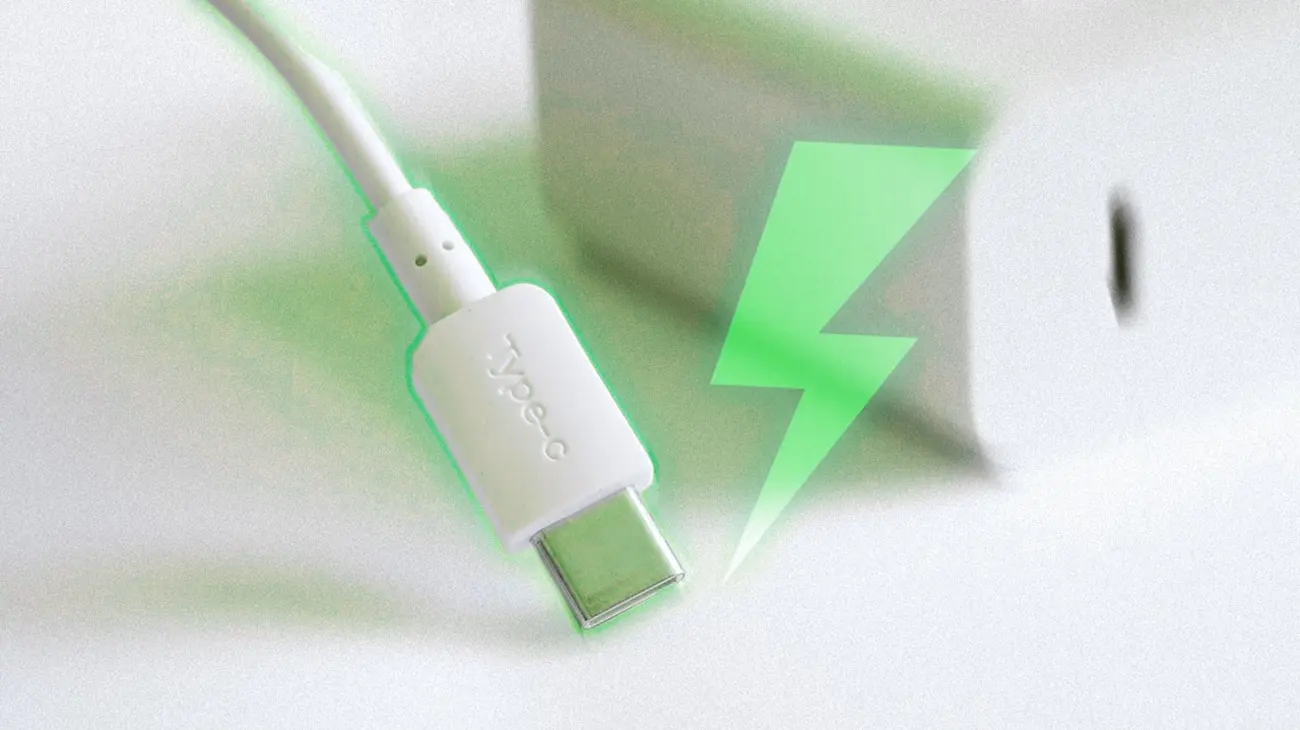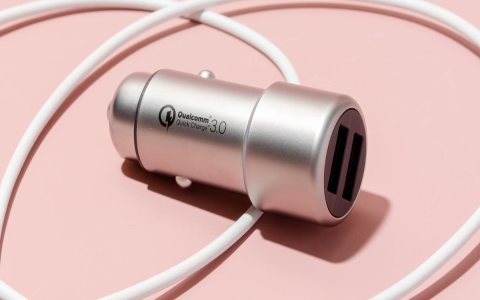Understanding USB Charging for Electronic Cigarettes
Most modern electronic cigarettes (e-cigarettes) utilize Universal Serial Bus (USB) charging for convenience and portability. This allows users to charge their devices using common power sources like wall adapters, computers, or power banks. The specific USB port on the e-cigarette device is typically either Micro-USB or the more current USB Type-C.
Common USB Charger Types and Ports
Several types of USB connections are relevant to e-cigarette charging:

- Device Ports:
- Micro-USB: An older standard, still found on many e-cigarette models. It is directional, meaning it can only be inserted one way.
- USB Type-C (USB-C): The newer, reversible standard offering potentially faster charging speeds and higher power delivery if supported by both the device and the charger.
- Charger Output Ports (on wall adapters/power banks):
- USB Type-A: The traditional rectangular USB port commonly found on chargers and computers.
- Proprietary Connectors: Some older or specialized e-cigarette models, particularly “cig-a-like” or pen-style devices, may use proprietary magnetic or threaded connectors that terminate in a USB-A plug for charging.
Key Considerations for USB Charging
When charging your e-cigarette via USB, consider the following for optimal performance and safety:
- Charger Specifications:
- Voltage (V): Standard USB output is 5 Volts (5V). Ensure your charging source adheres to this unless your device specifically supports other voltage standards (e.g., via USB Power Delivery).
- Amperage (A) / Current: This determines the charging speed. The e-cigarette will draw the current it requires, up to the maximum output of the charger. It is crucial to use a charger that can supply at least the minimum current required by your device, as specified by the manufacturer. Using a charger with a lower amperage rating than required can lead to slow or incomplete charging. While most modern devices have circuitry to manage input current, it’s best to match specifications or use chargers from reputable brands.
- Cable Quality: A high-quality USB cable is essential for safe and efficient charging. Damaged or low-quality cables can lead to slow charging, overheating, or even damage to the device or charger.
- Power Source: While charging from a computer’s USB port is possible, dedicated wall adapters are generally recommended. They often provide a more stable and appropriate power output. Ensure the wall adapter is from a reputable manufacturer and meets safety standards.
- Pass-Through Charging: Some e-cigarettes support “pass-through” charging, allowing you to use the device while it is connected to the charger. Be aware that this can generate additional heat in the device.
Safety Precautions for USB Charging
Prioritizing safety during charging is paramount:
- Use Recommended Equipment: Ideally, use the USB cable and wall adapter (if supplied) that came with your e-cigarette. If using third-party accessories, ensure they are from reputable brands and match the specifications recommended by the e-cigarette manufacturer.
- Avoid Overcharging: Most modern e-cigarettes have built-in overcharge protection. However, it is good practice not to leave devices charging unattended for extended periods, especially overnight. Disconnect the device once fully charged.
- Monitor Temperature: It is normal for the device and charger to become slightly warm during charging. However, if either becomes excessively hot to the touch, disconnect immediately and have the equipment checked.
- Inspect Equipment Regularly: Do not use frayed cables, damaged USB ports on the device or charger, or any charger that shows signs of physical damage or malfunction.
- Appropriate Power Source: Do not use chargers with voltage outputs higher than the standard 5V USB unless your e-cigarette explicitly supports variable voltage charging standards like USB Power Delivery (PD) and you are using a compatible USB-C charger.
- Avoid Liquids: Keep the e-cigarette, charger, and cable away from water and other liquids.
- Unattended Charging: Avoid charging in direct sunlight, on flammable surfaces, or in extreme temperatures.
Best Practices for Longevity and Safety
To ensure the safe and effective charging of your electronic cigarette and to prolong battery life:
- Refer to Manufacturer’s Instructions: Always consult the user manual provided with your e-cigarette for specific charging guidelines and recommendations.
- Invest in Quality Accessories: Use certified or reputable charging cables and wall adapters.
- Charge on a Non-Flammable Surface: This is a general safety precaution for any battery-powered device.
- Understand Device Limits: Be aware of your device’s charging capabilities (e.g., maximum supported charging current) to ensure compatibility with your charging setup.









